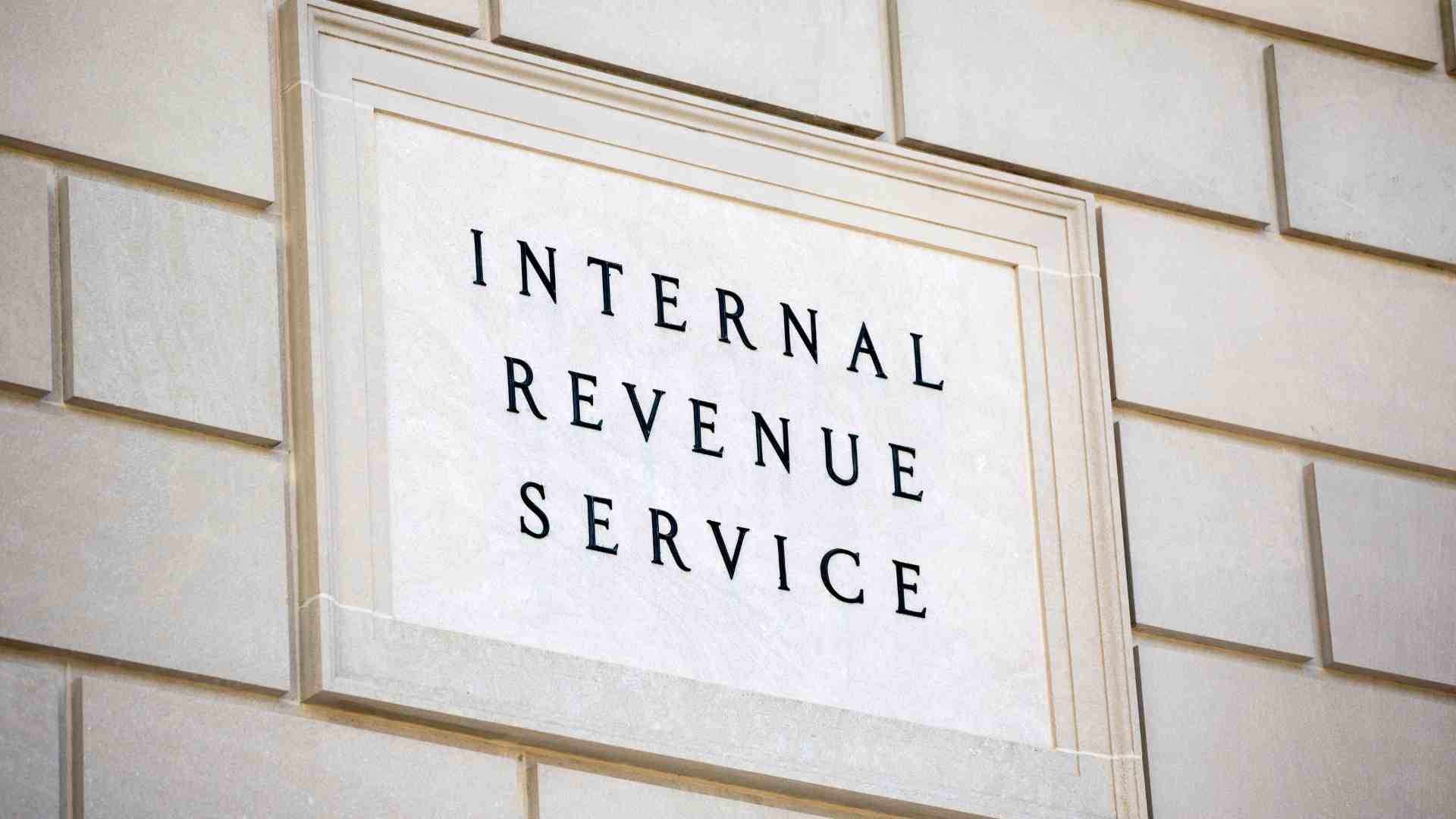Torben Robertson
4 mins
How do gas prices affect employee mileage reimbursements?
Gas prices have a large effect on vehicle reimbursements. Yet most vehicle reimbursement programs do not account for regional variations in fuel cost.

Follow us on LinkedIn
Our PageGas prices change every day, but if you drive your personal vehicle for work, your reimbursement rates seldom change. Cents per mile (“CPM”) reimbursement models are based on annual rates set by the IRS; if you are reimbursed in accordance with the IRS standard rate, you will receive 56¢ for all of 2021, regardless of whether the price of gas increases significantly.
Before identifying the solution to this problem, let’s first look at where and why gas prices vary.
Why do gas prices change so much?
Gas prices change based on both location and time. Your location in the US or Canada significantly affects the price of gas. There are also seasonal changes, and natural and political events that cause fluctuations in fuel cost.
Place
Geographic factors that have an impact on gasoline prices include distance from supply, regional environmental regulations and taxes, and local competition.[1]
If a gas station is located a long way from refineries, ports, and terminals, the transportation costs of carrying fuel there are greater. This is reflected in extra cents per gallon.
Local retailers may compete with one another to drive prices down. That said, when there are few gas stations in an area, prices tend to be higher.
Environmental regulations also increase costs, because of the added expenses of adhering to the rules.
One example is reformulated gasoline (“RFG”), which burns cleaner to mitigate smog, but costs more to produce. It is mandated in 9 areas in the US[2], all of them large metropolitan regions with historically high smog levels. Pumps that use reformulated gasoline charge more, so drivers fueling up at metropolitan pumps pay higher prices.
The nine areas covered by the regulation are:
- Los Angeles, Anaheim, Riverside;
- San Diego County;
- Greater Connecticut;
- New York, Northern New Jersey, Long Island, Connecticut;
- Philadelphia, Wilmington, Trenton;
- Chicago, Gary, Lake County;
- Baltimore;
- Houston, Galveston, Brazoria; and
- Milwaukee, Racine.
Drivers in these areas necessarily use RFG, so they pay more to fill their tank. There are other regions in the US that use RFG voluntarily. About ⅓ of the gas sold in the States is reformulated, meaning higher prices—but also cleaner air—for about 75 million people.
Time
In summer months, prices rise because the chemical composition of gasoline must be altered[3] to avoid evaporation in warm weather. The chemicals that prevent evaporation are expensive and raise the price at the pump.
Higher demand in foreign countries can affect the price of gas here in the United States. In 2008, Chinese, Middle Eastern, and Latin American demand for crude oil contributed to[4] a record high cost of gasoline in the US.
Other foreign factors affect crude oil prices. Political unrest in Egypt and Libya drove prices up in 2011.[5] When speculators believe oil supplies will be interrupted by a geopolitical event, they drive up the price of futures contracts, causing the hikes.

How does this affect my mileage reimbursements?
If you are paid the standard cents per mile (“CPM”) rate set by the IRS (or the CRA in Canada), and the price of gas skyrockets, you will be unfairly reimbursed.
Cardata constantly monitors current regional gas prices and adjusts its Fixed and Variable Rate (“FAVR”) program calculations accordingly. FAVR vehicle reimbursements, unlike standard CPM rates, account for regional and temporal variations in fuel costs. Live data on gas prices mean employees’ variable rates are adjusted monthly—every time they are reimbursed.
FAVR programs are the solution to inequitable reimbursements. Drivers in LA, whose cars run on RFG, and who are far from oil supplies, are compensated for the additional expenses.
If you’re interested in learning more about FAVR programs, you can book a call with us today. If you’d like to learn more about reimbursements, fill our the form below!
[1] https://www.eia.gov/energyexplained/gasoline/regional-price-differences.php
[2] https://www.epa.gov/gasoline-standards/reformulated-gasoline
[3] https://www.eia.gov/energyexplained/gasoline/price-fluctuations.php
[4] Ibid.
[5] https://www.thebalance.com/why-are-gas-prices-so-high-3305653
Disclaimer: nothing contained in this blog post is legal or accounting advice. Consult your lawyer or accountant and do not rely on the information contained herein for any business or personal financial or legal decision making.
Share on:


